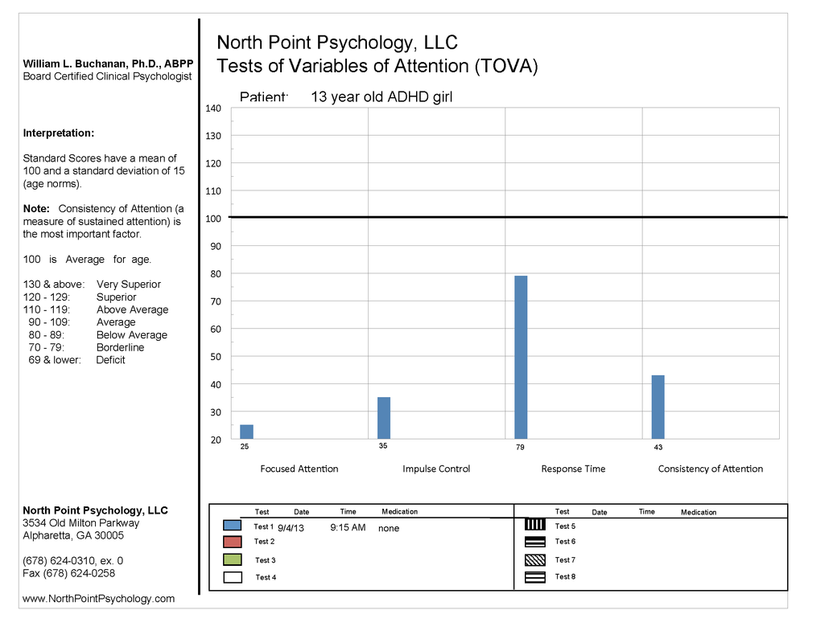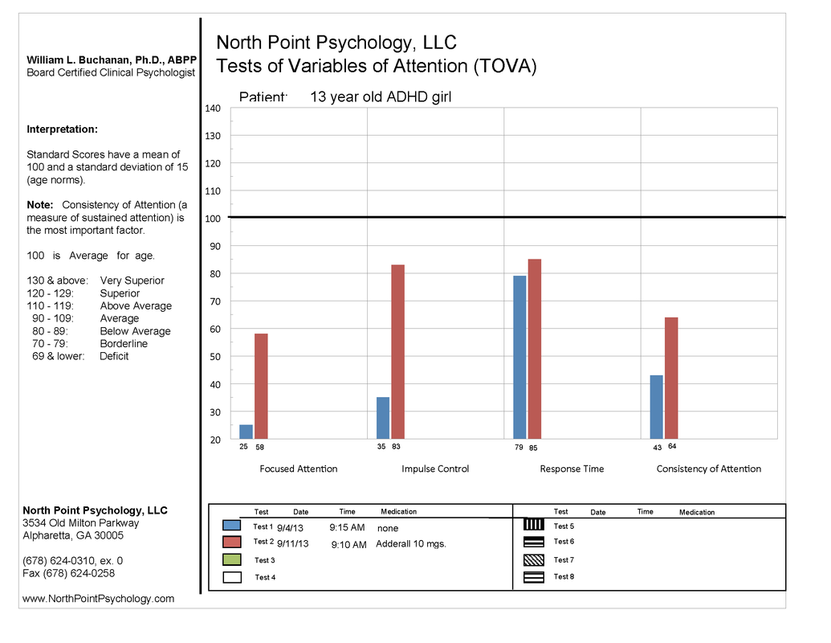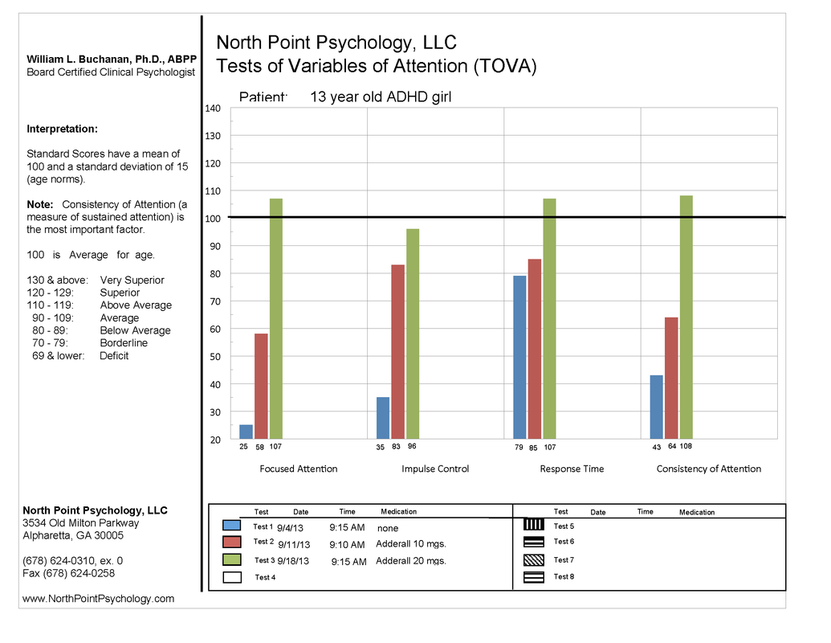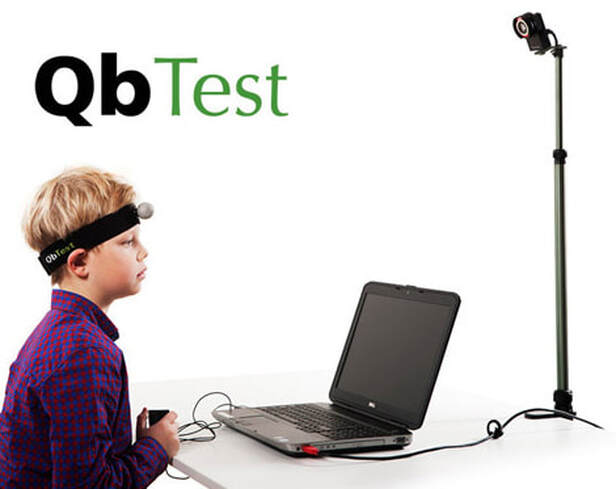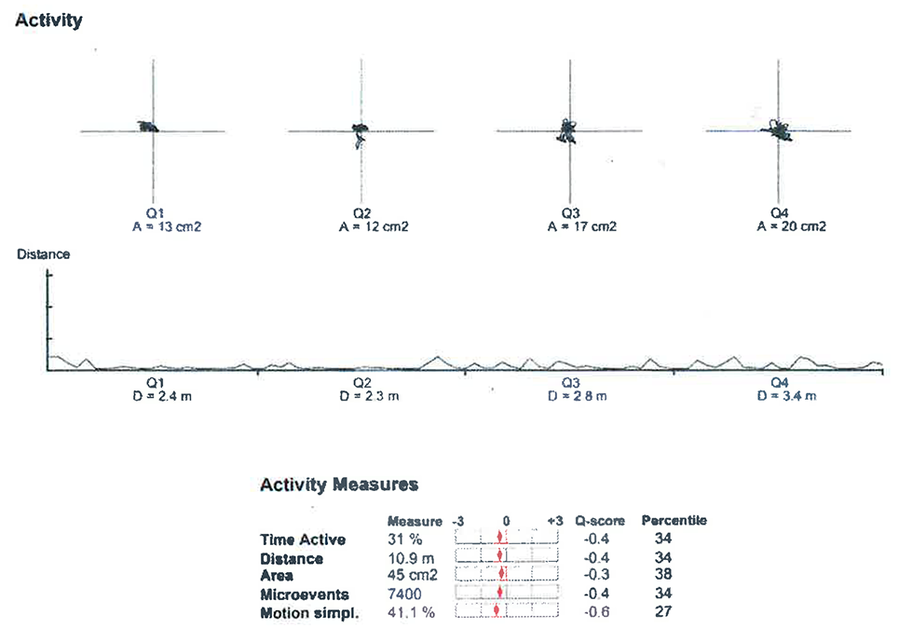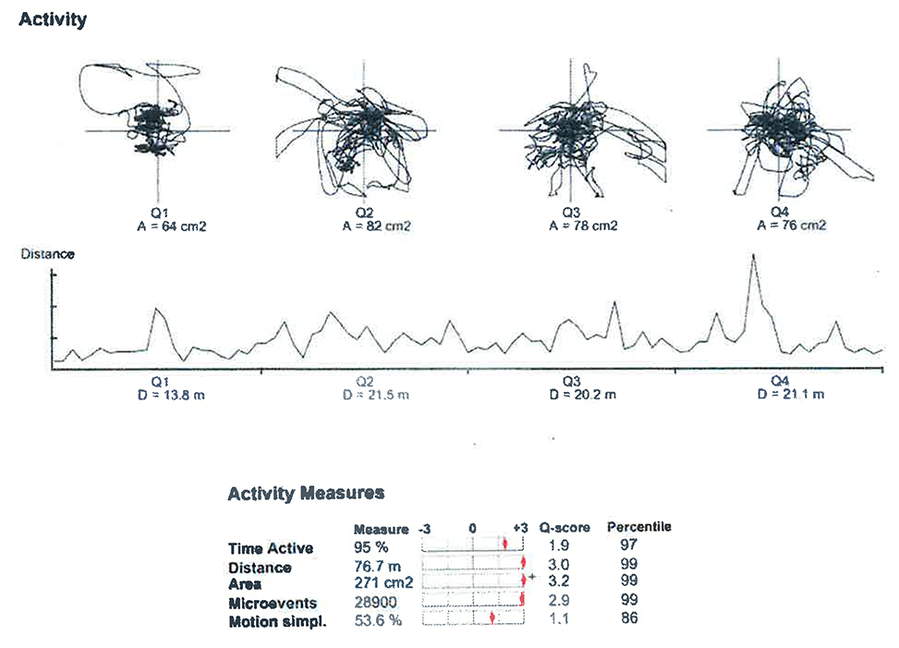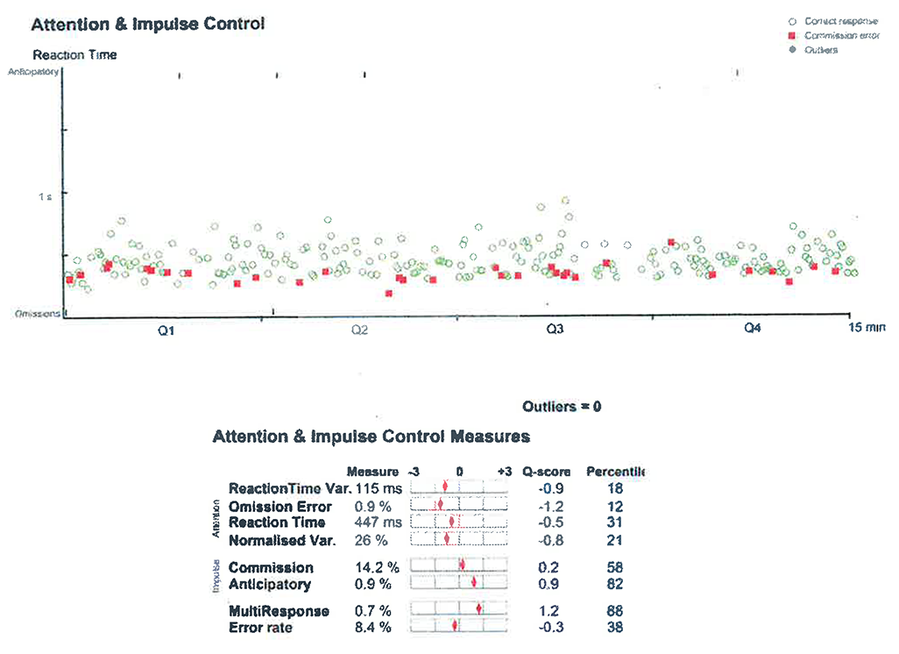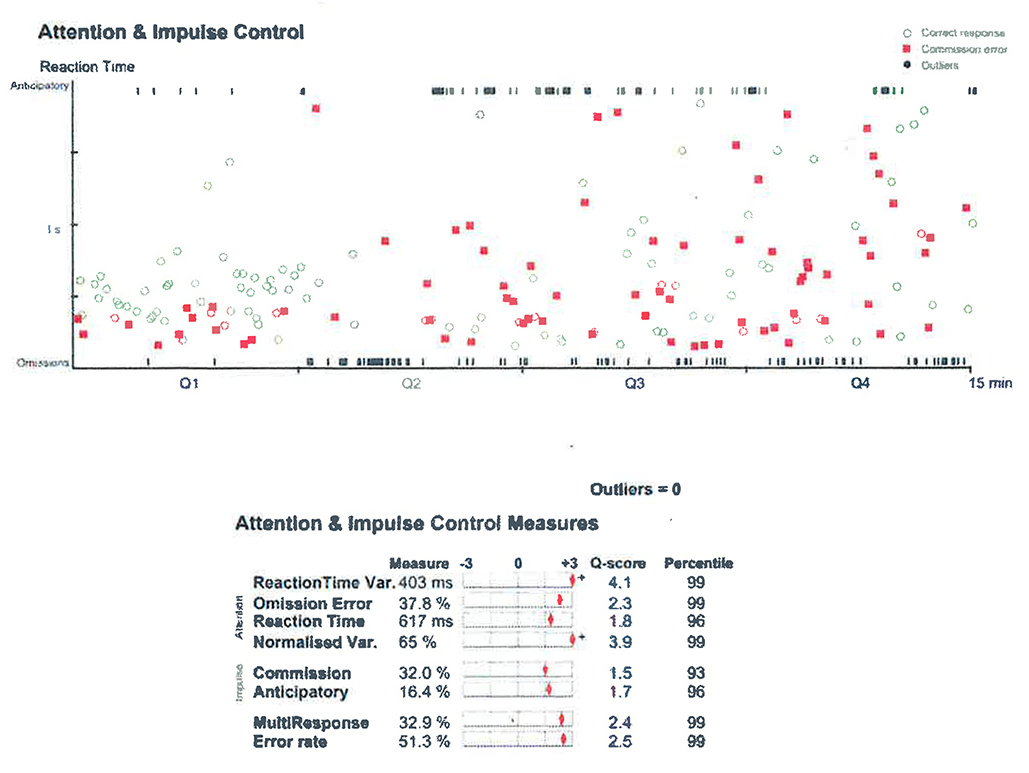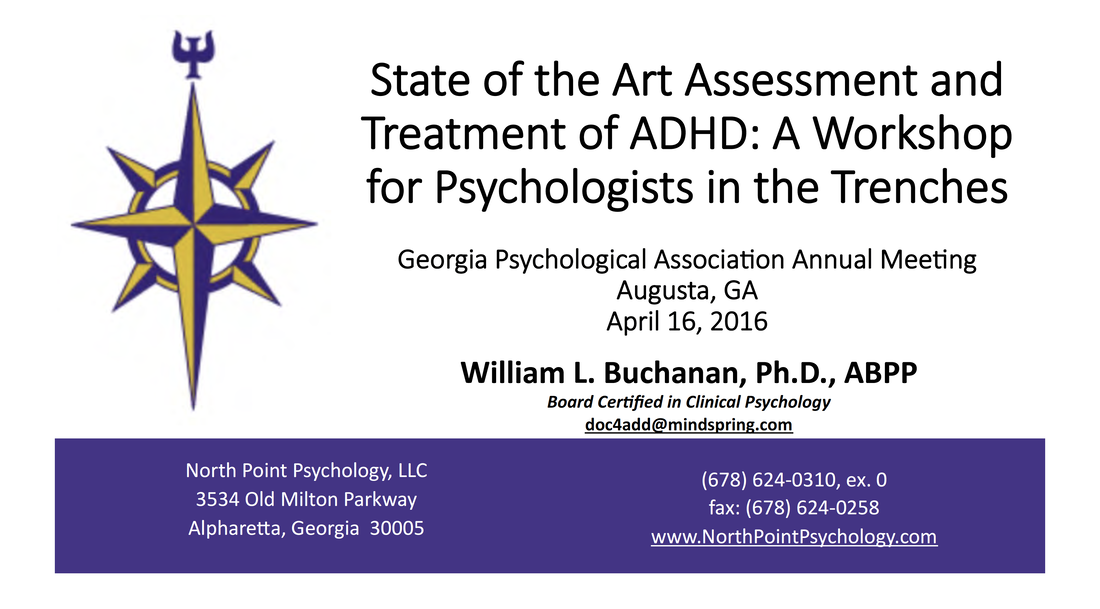ADHDDr. Buchanan specializes in assessing and treating children, adolescents and adults who have ADHD. As a clinical psychologist, the thing I am probably best at is assessing and treating children, adolescents and adults who have ADHD. The disorder has had many different names through the years, including Hyperkinesis, Hyperactivity, Attention Deficit Disorder (ADD) and Attention Deficit Hyperactivity Disorder (ADHD). There is a lot of talk in the scientific community of changing the name again to Executive Functioning Disorder.
Its current name is Attention Deficit Hyperactivity Disorder (ADHD), because the three primary symptoms of ADHD are: (1) inattention, (2) impulsivity and (3) hyperactivity. There are different types of ADHD. The most common type of ADHD is called "ADHD, Combined Presentation" because it features all three symptoms. When inattention is the main problem and the hyperactivity is minimal, this is called "ADHD, Predominately Inattentive Presentation." The latter is often referred to as “Attention Deficit Disorder” or more simply “ADD.” Here is a quick list of symptoms useful in screening to see if someone could possibly have ADHD: INATTENTION
IMPULSIVITY
HYPERACTIVITY
If an individual has most of the above symptoms to a moderate or severe degree in comparison to the individual’s same-age peers, then psychological testing could be very useful to determine if the person has ADHD or not. One thing science has learned is that attention and impulse control (two of the three primary symptoms of ADHD) are just two of several different “executive functions” of the brain. Other executive functions include organization, working memory, problem solving, initiation, effort/persistence, follow-through, taking in feedback and altering one’s effort in light of the feedback. Individuals with ADHD have problems with most, if not all, of the executive functions. An ADHD child may not be organized enough to bring home books needed for homework. If he or she brings home everything needed to do homework, there may be a problem getting started, staying focused, persisting or taking in feedback. Sometimes they actually finish their homework and then forget to turn it in the next day. The best way to properly assess ADHD is to have a comprehensive psychological evaluation. Research indicates by the time the individual with ADHD reaches adulthood, there is about a 90% chance that individual will have at least one other mental health diagnosis. Some 30-40% of people with ADHD also have a Learning Disability such as Dyslexia. Many more have Oppositional Defiant Disorder, depression, anxiety, Autism or some other disorder. I use the most up-to-date and advanced psychological testing to assess attention and concentration, but I do much more. Most physicians and psychologists merely rely on interviews and rating scales. Most don’t even score the rating scales; they just look at them. I also use interviews and rating scales, but I use the national norms to score the rating scales. But more importantly, I use a variety of advanced psychological tests to properly access attention and concentration. Many things we do in everyday life require continuous focus and attention, such as driving a car on the highway. Two of the tests I use are called “continuous performance tests” (CPT). CPTs allow me to properly assess Sustained Attention. The person must perform continuously without stopping (between 11 and 22 minutes, depending on the test and the age of the individual). The two CPTs I use are the Tests of Variables of Attention (TOVA) and the Qb Test. The TOVA can be administered to people between the ages of 4 and 80, and the Qb Test is for people between the ages of 6 and 60. I have used the TOVA for over 25 years. One thing I like about it is that it provides standard scores (mean of 100, standard deviation of 15). Since an IQ is a standard score, and most academic tests I administer also use standard scores, I can compare a person’s attention to his or her IQ, Reading, Writing, Math, etc. The Average standard score is 100, and the Average range is 90 to 109. Below are three TOVA graphs of a 13-year-old girl whom I diagnosed as having ADHD. The first graph is her TOVA results prior to making the diagnosis of ADHD; she was NOT on medication: As you can see, her four TOVA scores (Focused Attention, Impulse Control, Response Time, Consistency of Attention) are very impaired (25, 35, 79, 43). The Consistency of Attention score is a measure of Sustained Attention. To understand the scores, think of IQ scores between 25 and 79 — not good! Clearly this 13-year-old girl has a Very Severe Deficit of Focused Attention, Sustained Attention, and Impulse Control, and her Response Time was extremely slow.
Based on all of the results from the psychological testing, I diagnosed the girl with ADHD. I talked to her pediatrician, who prescribed 10 mgs. of Adderall, a stimulant medication. She was on Adderall for a week, and I tested her again about 90 minutes after taking her medication. The second graph is her on medication (Adderall 10 mgs.) compared to her not being on medication: As you can see, there was a good deal of improvement in her TOVA scores while on medication. However, the scores were still not Average; i.e., not where the scores should be, given her Average IQ. So I spoke again to her pediatrician, who then increased the dosage from 10 mgs. to 20 mgs. Below are her TOVA scores while on Adderall 20 mgs.:
In this case, the third time got things right. As you can see, all of her TOVA scores are Average, consistent with her Average intelligence. She took the medication throughout the year and ended up reporting that she had her best academic year ever!
The TOVA is useful for both (1) initially assessing a person in order to make a diagnosis and (2) assessing the effects of medication. Sometimes people come back to me years later to see if the medication is still working properly. Since stimulants are water-soluble, the concentration of the medication in the blood gets weaker as a child grows and gains weight. Thus, the dosage might need to be increased. The TOVA is very effective at assessing how well the medication is working. In 2019, I started using the Qb Test. In addition to measuring attention and impulse control, the Qb Test also has an objective way to assess motor movement; i.e., fidgetiness and hyperactivity. Thus, the Qb Test objectively assesses the core symptoms of ADHD: inattention, impulsivity and hyperactivity. The Qb Test has been FDA cleared to not only assess and diagnose ADHD, but it is also FDA cleared to assess the effects of stimulant medication for treating ADHD. Below is a photo of the QB Test. Notice the ball on the boy’s forehead and the laser motion sensor behind the laptop computer. Below is the physical activity (i.e., movement) measures of a seven-year-old boy without ADHD. The laser motion sensor tracks his head movement. The four graphs going across left to right show his motor movement during the each quarter of this 20 minute test; i.e., every five minutes. The cross in the center indicates the direction: left, right, forwards and backwards. Notice this boy had very little head movement during the test. The graph on bottom shows the distance his head traveled; i.e., his head did not travel much. This boy does not have the hyperactivity seen in ADHD.
Next is the head movement of a seven year old boy with ADHD:
A picture is worth 1000 words! This boy is extremely hyperactive. Notice that three of the five motion scores indicated this boy was more hyperactive than 99% of other boys his age (99th percentile).
Below is the attention and impulse control performance of a seven year old boy without ADHD. The horizontal axis is the time over 20 minutes. The vertical axis is the response time for reacting to a stimulus on a computer screen; it goes from zero to two seconds. Notice all of this boy’s responses were less than one second, and most were about half a second. This boy made some impulsive responses (i.e., commission errors shown as red squares), but his performance were still normal for seven year old boys. Next is the attention and impulse control performance for a seven year old boy with ADHD. His responses were much slower and much more inaccurate; he made numerous omissions and impulsive errors. Notice that on seven of the eight objective measures, he scored at the 96th percentile or higher; i.e., he was more inattentive and impulsive than 96% of other boys his age. In fact, on five measures, he was at the 99th percentile. Thus, this boy’s attention and impulse control was very poor, indicative of him having ADHD.
So, the bottom line is that ADHD can be assessed with objective and scientifically reliable psychological testing. Not only can I accurately diagnose or rule out ADHD, I can do follow-up assessments to evaluate how well medication is working.
For more information about ADHD, click to download the presentation below from the three-hour workshop presented at the Georgia Psychological Annual Conference in 2016.
| |||

